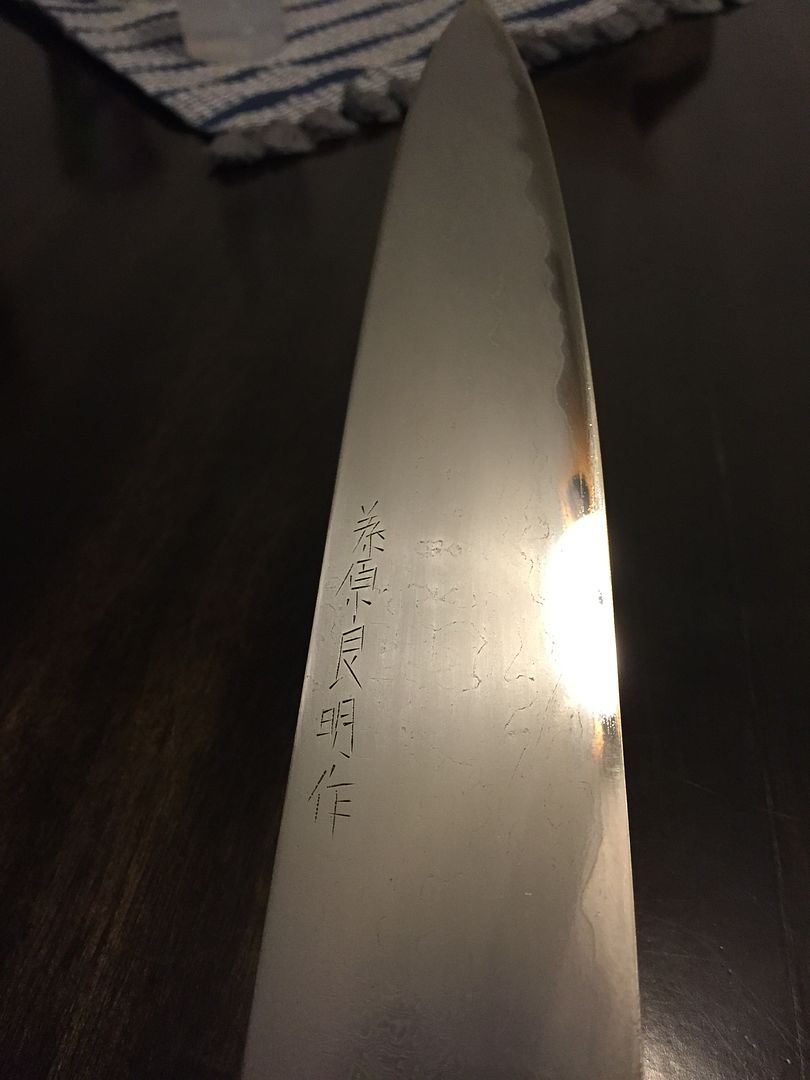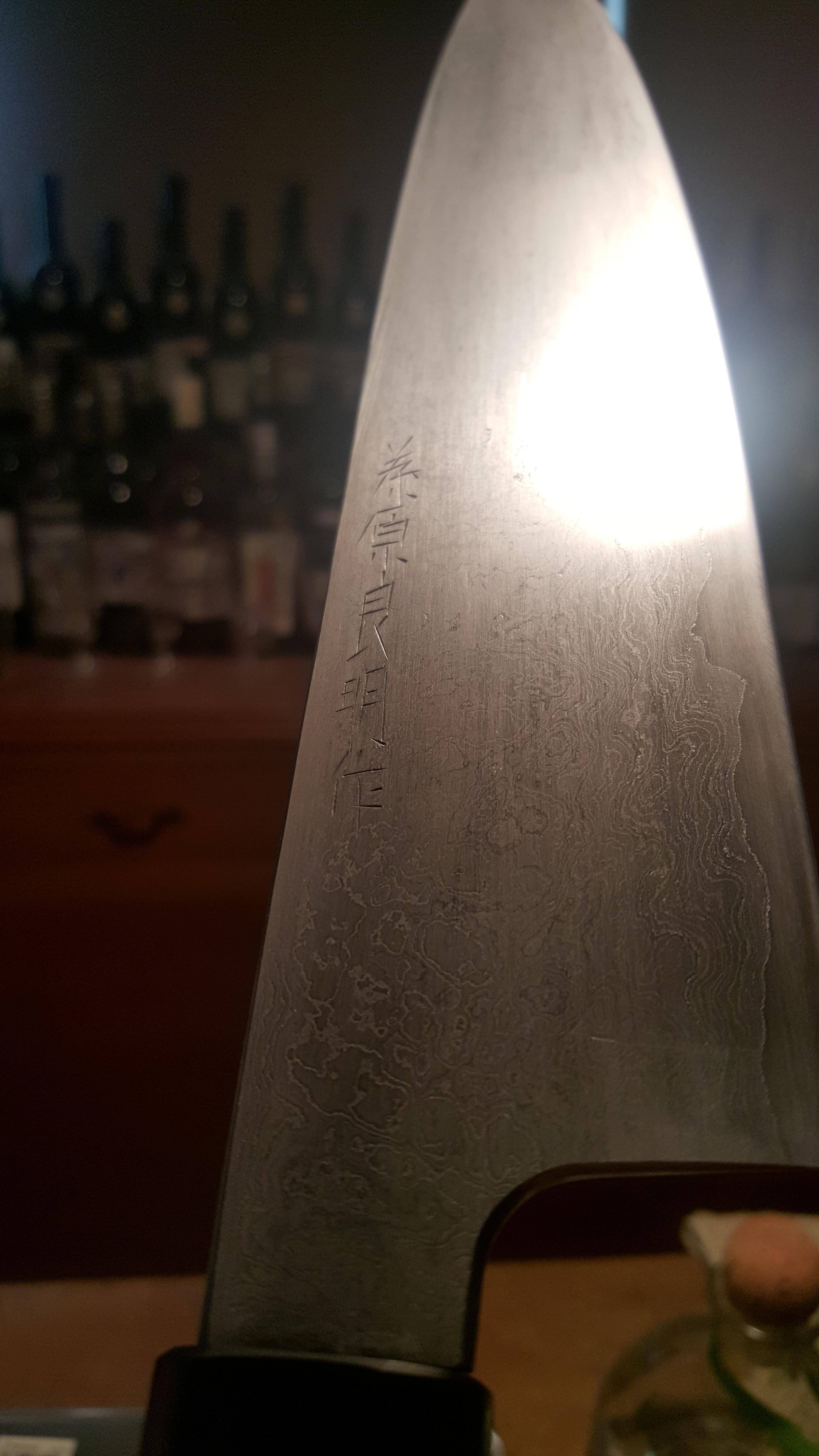What you're saying Sebastian is with good machines and tools and metallurgy understanding it's not that difficult to properly heat treat a given steel?
Exactly, i can use/read many scientific reasarches, or just the so called Stahlschlüssel (Steelkey, a book with tempering infos of nearly all known steels here in europe), put the blade (if not forged, just for stock removal knives, if forged i have to do some heat treatment circles, but they are also known) to a tempering ofen, wait the asumed time, and harden in tempered oil, thats it, not really complicated........
After this just anneal at the given temp. and i got a good knife, not that complicated.
The Japanese Bladesmiths with much experience do it in their forging fire, and this also leads to good knives, no questions here.
Main problem with Japanes knives (especially the traditionally ones) is the lacking edge retention on plastic boards that i have to use at work, my chopping/rock chopping cutting motion etc. And also i can not care of the iron claddings all the time, so most J knives start to rust at once + i can not cut anything in european kitchen, maybe fruits for salad, doesn`T work for me, as i like to use one knife (mostly gyuto with about 12 inch for 95% of my tasks).
At home i like to use Japanese ones, no problem at all.:surrendar:
For a nice finish on your Kikuryu or Damascus Blades i recommend using fine Sandingpaper (like MicroMesh up to 12000) and then edge in instant coffee, for good contrast, after this you can use Steelwool to refine the surface.
Greets Sebastian.








